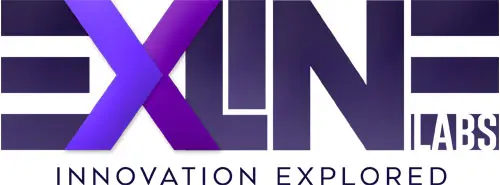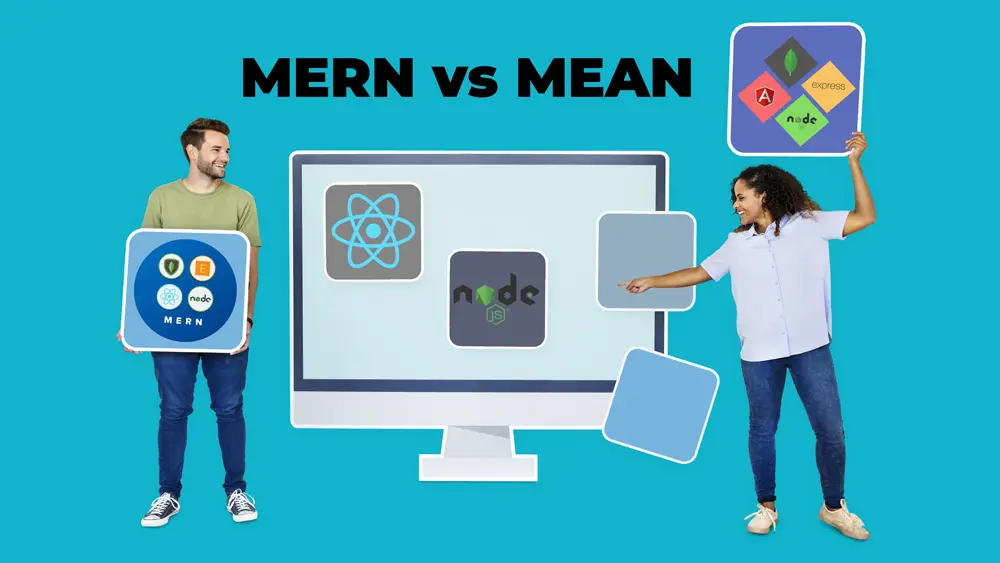In the ever-evolving landscape of web development, choosing the right technology stack is crucial for building robust and scalable applications. Two popular contenders in this arena are the MEAN (MongoDB, Express.js, Angular, Node.js) stack and the MERN (MongoDB, Express.js, React, Node.js) stack. Both these stacks have gained considerable traction in recent years, but they come with their own set of advantages and disadvantages. In this blog post, we will conduct an in-depth analysis of the MEAN stack and the MERN stack, highlighting their key features, use cases, and trade-offs.
MEAN Stack: MongoDB, Express.js, Angular, Node.js
MongoDB
MongoDB is a NoSQL database that stores data in a flexible, JSON-like format, making it ideal for applications with rapidly changing data structures. Its scalability and ease of integration with Node.js make it a top choice for developers working with large datasets or real-time applications.
Pros:
- Schema-less design allows for flexible data modeling.
- Horizontal scalability for handling high volumes of data.
- Excellent support for geospatial data.
Cons:
- Lack of support for complex transactions.
- Not suitable for complex relationships between data entities.
Express.js
Express.js is a lightweight, fast, and flexible Node.js web application framework. It simplifies the process of building robust and scalable web applications by providing essential features and middleware out of the box.
Pros:
- Minimalistic and unopinionated, allowing developers to choose their libraries.
- Strong community support with a rich ecosystem of middleware.
- Excellent performance and scalability.
Cons:
- Relatively steeper learning curve for beginners.
- Lack of built-in features compared to more opinionated frameworks.
Angular
Angular is a comprehensive front-end framework developed by Google. It provides a powerful toolkit for building dynamic and feature-rich single-page applications (SPAs).
Pros:
- Strongly typed, making it easier to catch errors during development.
- Rich set of features out of the box, including two-way data binding.
- Comprehensive documentation and a vibrant community.
Cons:
- Steeper learning curve, especially for developers new to the framework.
- Larger bundle size compared to other front-end libraries like React.
Node.js
Node.js is a server-side JavaScript runtime that allows developers to use JavaScript for both front-end and back-end development. It is known for its event-driven, non-blocking I/O model, which results in high performance and scalability.
Pros:
- Unified language (JavaScript) for both front-end and back-end.
- Extensive package ecosystem through npm (Node Package Manager).
- Excellent support for real-time applications and microservices.
Cons:
- Callback hell can make code harder to read and maintain.
- Limited support for multi-threading compared to traditional server-side languages.
MERN Stack: MongoDB, Express.js, React, Node.js
React
React, developed by Facebook, is a popular front-end library for building user interfaces. It focuses on component-based architecture and provides a virtual DOM for efficient rendering.
Pros:
- Highly efficient rendering through the virtual DOM.
- Abundant third-party libraries and a large community.
- Easy integration with other front-end tools and frameworks.
Cons:
- React alone is not a full-fledged framework, requiring additional libraries for routing and state management.
- JSX syntax may feel unfamiliar to developers new to React.
Comparing the Stacks
Use Cases
- MEAN Stack: The MEAN stack is well-suited for applications that require real-time data processing, such as chat applications, social networks, and Internet of Things (IoT) applications. Its flexibility makes it a strong choice for startups and projects with evolving data structures.
- MERN Stack: The MERN stack excels in building dynamic, interactive user interfaces for single-page applications. It is often preferred for e-commerce platforms, content management systems, and data visualization applications.
Learning Curve
- MEAN Stack: Angular’s learning curve can be steep for newcomers, but it offers a comprehensive solution for front-end development.
- MERN Stack: React’s component-based approach is more accessible to developers with a background in JavaScript, but it may still require time to master.
Performance
- MEAN Stack: MEAN’s performance is solid, particularly for real-time applications. However, the choice of front-end libraries can impact overall performance.
- MERN Stack: React’s virtual DOM ensures efficient rendering, making MERN a strong choice for applications with a heavy focus on the user interface.
Conclusion
The choice between the MEAN stack and the MERN stack ultimately depends on your project’s requirements and your team’s expertise. MEAN offers flexibility and scalability, while MERN provides a powerful front-end solution with React. Carefully consider the needs of your application, your development team’s skill set, and the trade-offs outlined in this article to make an informed decision. Both stacks have proven themselves in the world of web development, and mastering either one can lead to exciting career opportunities in this ever-evolving field.

